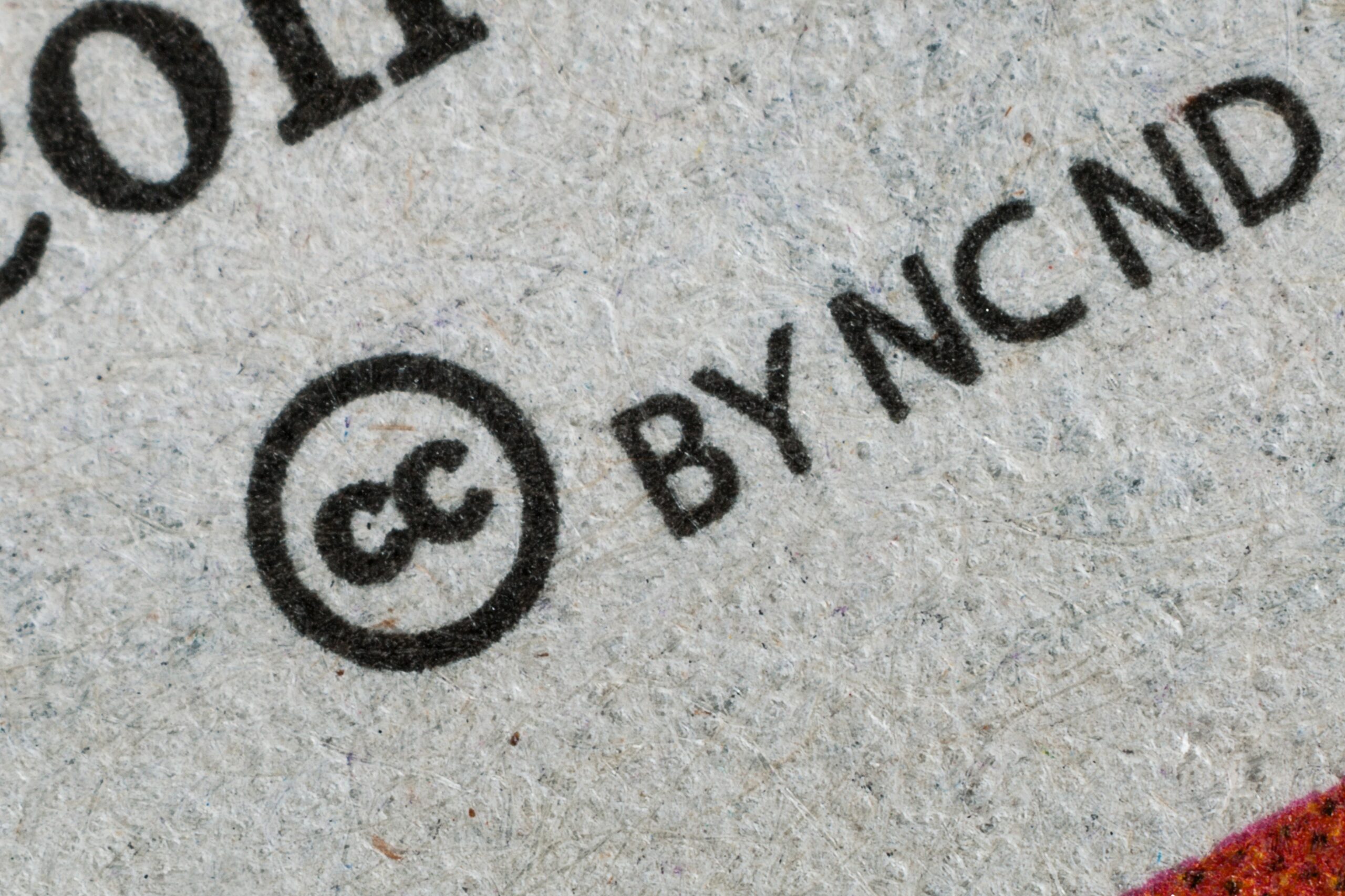The Digital Millennium Copyright Act is comprised of rules that apply to copyrighted material that may be infringed upon on the internet. A DMCA notice informs a company, individual, or other web host that they are hosting copyright-infringing material. Such copyrighted material could be, for example, written works, videos, audio or music files, artwork, photos, or software. Importantly, only owners or agents of owners of the copyrights being infringed may file a DMCA notice. Finally, DMCA notice work well when the web host is based in the United States, but it is not as effective if the web host is based elsewhere, especially in a country that is known to not respect these notices. However, though these notices may not have legal significance in other countries, many international service providers will still honor takedown requests, especially if the copyright holder lives in the United States and the country of the infringing web host is a member of WIPO.
The Notice
Collect Evidence
First, you need to make the infringer aware of the infringing content at issue and keep your own record of the content for evidentiary purposes. For each infringing item, simply obtain the URL and take a dated screenshot of the item. Organize this information so you can easily refer to it in the takedown notice.
Find the Web Host of the Infringing Content
To communicate your concern, you need to find the contact information of the infringer. Most large web hosts like Google or Etsy have this information at the ready, but if it is an unfamiliar site, you may need to investigate further. To determine the web host, you can use a free online site such as WHOIS.com, hostingchecker.com, or hostadvice.com. These sites will retrieve the host information when you enter the domain name.
Draft the Notice
Most major web retail/ecommerce hosts have their own forms for filing a DMCA Notice. Before you create your own, check to see whether the site on which you have found infringing items has its own notice or takedown measures. This information can usually be found under the “About” information of a webpage, particularly under headings like “Policies,” “Rules,” or “Help Center” or “FAQ.” It is worth looking first for webpage’s own form because it will likely be received by the web host much more quickly and ensure that the host has all the information it requires to initiate a takedown. Regardless of the webpage or web-specific form, however, there are several common elements to a DMCA Takedown Notice:
Your Contact Information. Your name and contact details or that of your authorized agent, such as your attorney, will be required. This includes your mailing address, phone number, and email where you can be reached. If privacy is a concern, you may hire a DMCA agent to complete the form for you.
Links to Infringing Content. You will need to include the URLs where the infringing content can be found so it can be identified and located by the recipient of the Notice. If you have found more than one infringing item on a domain, include a specific URL for each item you believe to be infringing, so that the service provider can view the extent of the infringement. Next to each of the URLs, include the title that the site is using for the infringing item(s). If applicable, include details such as the seller’s username or store/shop name if posted on a larger ecommerce site.
Links to Original Content. Include the URLs of where your original content can be found so the service provider can compare the items. Include the title of the items as well, for comparison.
Description of Your Original Content. Briefly describe what your product is, explain how it works, and share what type of IP protections you have on the content.
Good Faith. You need to include a statement that you in good faith confirm ownership of your content and that the use of your content is not authorized by yourself, the law, or any other relevant party. Therefore, the content should be removed on your request.
Request for Removal. Specifically request what you would like to see as a result of filing the notice. You should at least request that the content that you have cited be removed. Additionally, you should provide a sentence requesting that the infringing website owner or seller is informed of the issue and is asked not to use your content again.
Authorization. Provide a statement regarding the accuracy and truthfulness of the information that you are submitting in the notice. Additionally, you confirm under penalty of perjury that you are the owner or are authorized to act on behalf of the owner of an exclusive right that is allegedly being infringed.
Signature. Finally, you should sign the notice yourself, as the copyright owner, or have your authorized agent sign it on your behalf.
Submission & Follow-Up
Send the notice via the site’s own takedown request form or to the agent of the service provider via mail or email. Be sure to keep copies of all evidence and forms for your own records, as you may need it later if further action is needed. After sending the notice, the service provider will examine your request and usually remove the infringing content within several days, as required by law under the DMCA. The service provider will make the alleged infringer aware of the accusation and often will allow the infringer to respond in case he or she objects to the takedown. If the alleged infringer files a counter-notice, you may need to file a lawsuit against the alleged infringer to stop the service provider from replacing the infringing content.
If you have legal questions about DMCA takedowns and what rights you may have, contact Revision Legal at 231-714-0100.




